I can remember back when I was a fan of collecting watches, when someone purchased a new watch, they always published an “unboxing”. I never did it for a watch, but did go ahead for the IQ260. I am pretty sure this is the first one in Arkansas and I am very happy to be the owner.
After a lengthy decision process, I upgraded my IQ160 go the new IQ260. I have been on the fence for quite a time on this but after working with Digital Transitions, out of New York I found that there was enough value in the IQ260 to move from the 160. I was able to demo the IQ260 in Dallas TX, on a hot clear day. The outside temperatures were approaching 100 degrees so longer exposures were out of the question. However I was more interested in the file quality of the IQ260 vs. the IQ160. I was hoping to see a bit more room in the shadows and a bit more top end with highlights. I was also interested to see if there was much improvement in iso 200 and iso 400 results in the long exposure mode. These are areas where I tend to get pushed with my my outdoor photography. The IQ260 at first blush does seem to provide a bit more top end at iso 200 and 400 and definitely seems to show a smoother tonality in the shadows. Since I moved to the IQ160, I have never seen the need for any larger MP output. The IQ280 loomed on the horizon but since I am mainly a tech camera user with Schneider lenses, I was not ready to make the switch to 80mp.
One consideration that I considered was where Phase One was in the development stage of the IQ160 vs the IQ260. The IQ160 was the same chip as the older P65+. Images are identical. However with the IQ160, you picked up the excellent IQ interface to the back. I feel that Phase One will continue to produce enhancements to the IQ260 over the next year or so, whereas I don’t think there will be any more improvements to the IQ160/P65+. I am betting on the future here. It’s also the 1st new chip that Phase One has brought to the market in over 2 years. The IQ280 is still based on the same chip as the older IQ180, however it does have a newer processor/logic card that supposedly gets a bit more DR from the current chipset.
I had also looked at the financial situation on the upgrade (something many people don’t seem to consider when making such a large purchase). My IQ160 was fully depreciated so I wasn’t going to take a book loss. Also after reviewing the numbers that Digital Transitions shared with me for the trade in, I felt better about trading in my IQ160.
One nice new feature is the ability to review the images in Black and White. It’s not a black and white conversion, but if you are looking for focus checks, depending on the lighting, viewing the image preview in black and white is sometimes easier. It’s my understanding that the latest version of the firmware for the IQ160/180 also will have this feature.
As I mentioned I worked closely with Digital Transitions, my dealer out of New York, I was able to demo the IQ260 against my IQ160. So far I have found several areas where I believe the IQ260 is superior to my older IQ160.
- Better tonal transition from shadow to lighter areas at iso50
- Very clean 60mp image at iso140, cleaner than my IQ160 at iso100
- The ability to glean an extremely clean file at iso140 in Long Exposure Noise Reduction mode
- Wifi connectivity to an iPad for checking focus on Tech camera shots.
I have not been able to do anything in the long exposure mode due to the extreme heat we are experiencing here in Arkansas and more than likely will not be able to test this feature until late September or October.
It’s interesting to note, that the wifi feature has actually become a more positive feature for me than I first realized. I originally felt that the wifi feature would be moot for me, but with a bit of trial, I am finding that it’s actually a very important feature, especially for tech camera work. Since all the IQ’s (for that matter all current Phase One backs) use CCD instead of CMOS chips, live view as most people are used to does not work. Yes Phase One offers Live View on the IQ backs, but in actual daytime use it’s not very helpful. With the wifi feature, you can shoot a series of images with the back on a tech camera, then view them with Capture Pilot on a ipad, This allows you much more flexibility to check your shots. Sure the IQ LCD is loaded with features, but it’s still small and it’s also locked into position on the tech camera. Many times I will setup a shot on my knees or bent over double. Exposure is easy but bending over to see the screen is harder and even then it’s a bit difficult to see all the details. With the wifi feature, you can leave the camera in position, and pull out the ipad and find a comfortable viewing position to check the images. You can also delete them from Capture Pilot. Sure it adds one more thing to carry, but it’s not a bad compromise.
I hope to add a lot more to this report as I get out and shoot the IQ260. One thing I found surprising, it seems that speed of the processor in the IQ160 and 260 is about the same. I base this on the fact that the latency between shoot and review is pretty much the same.
Thanks again to Digital Transitions for all of their help in making this upgrade possible.
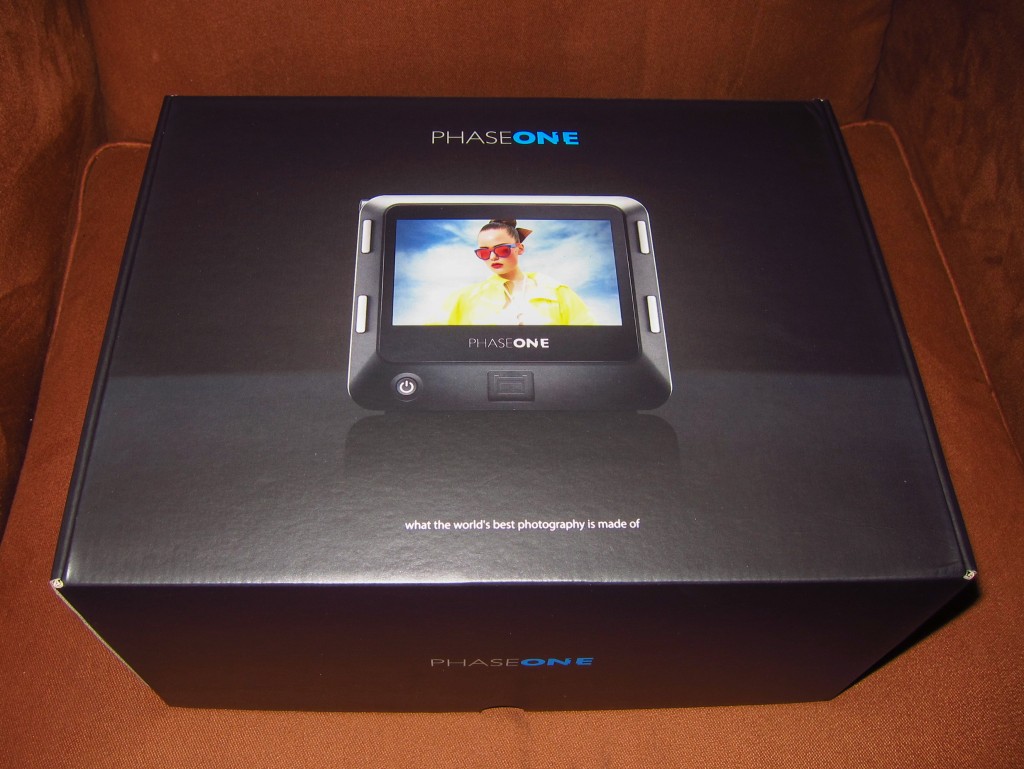
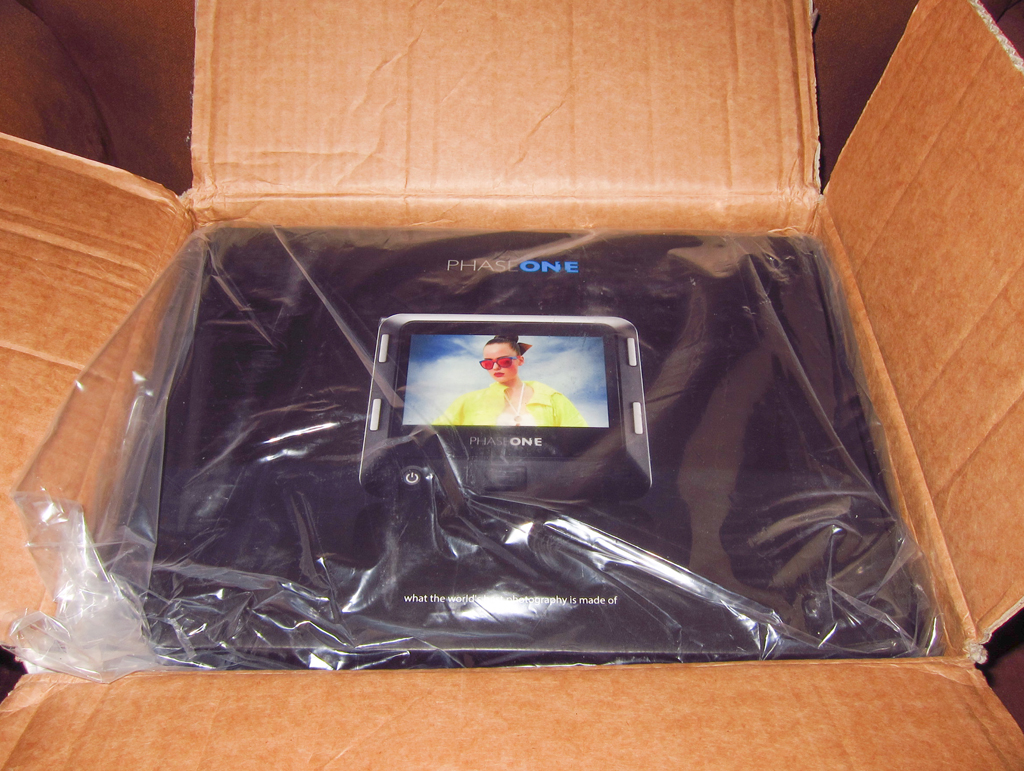
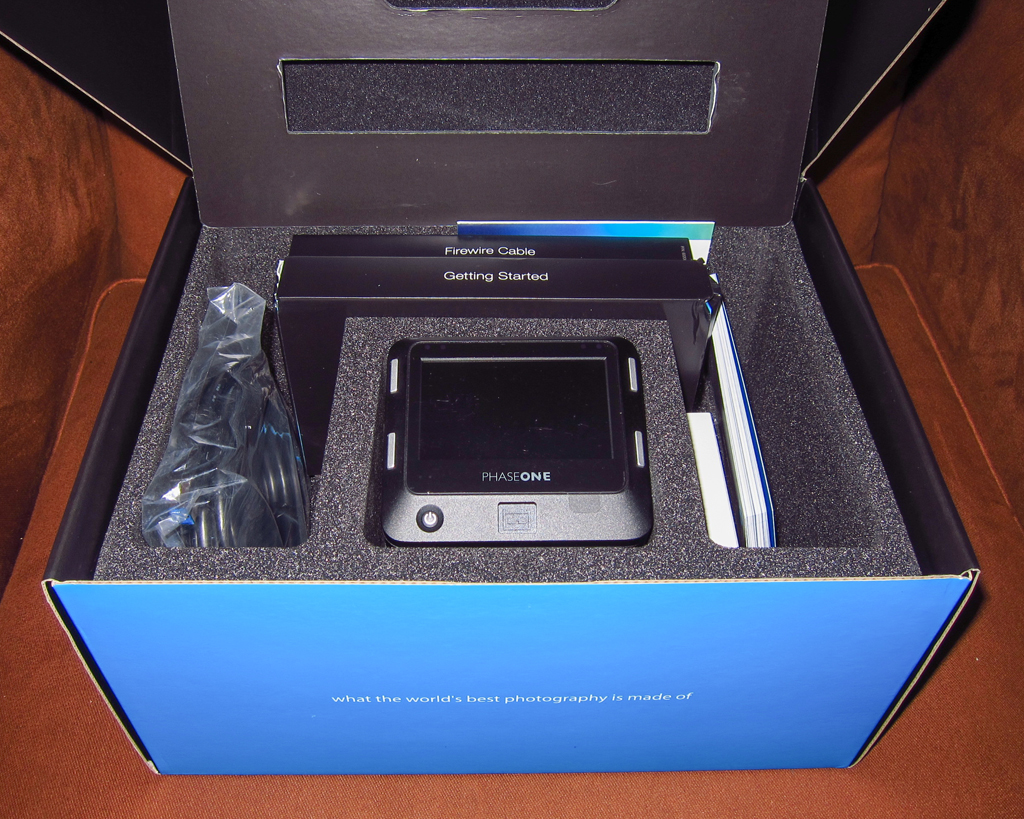
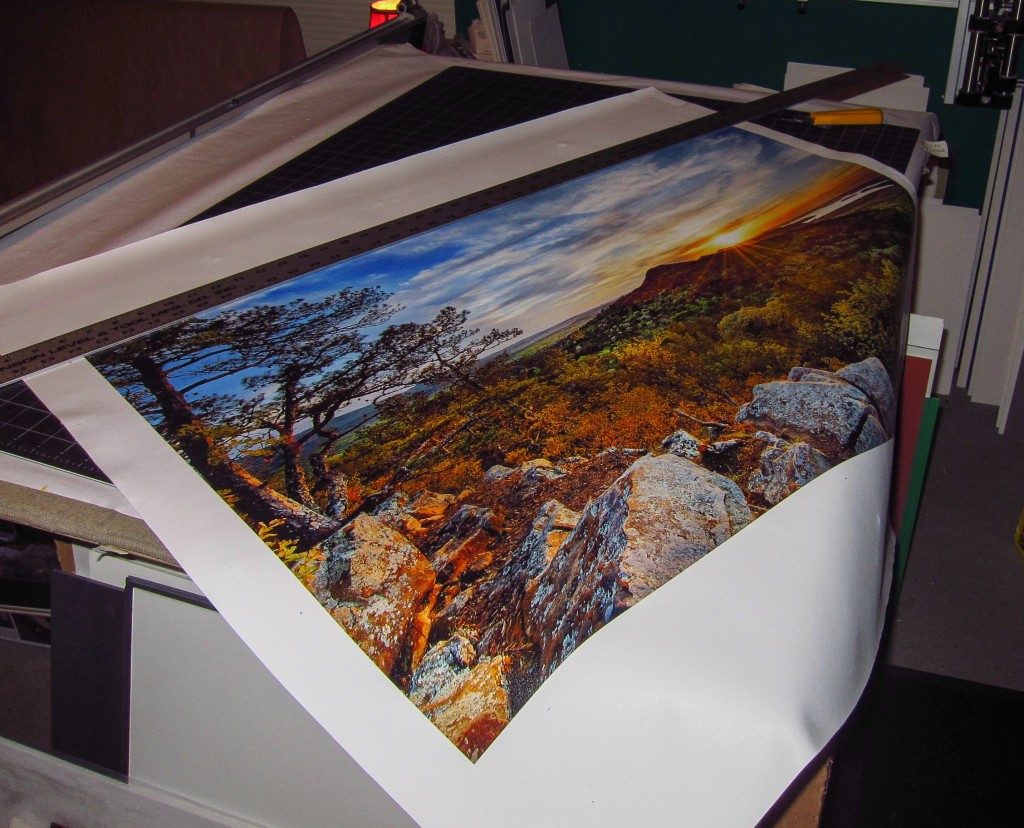
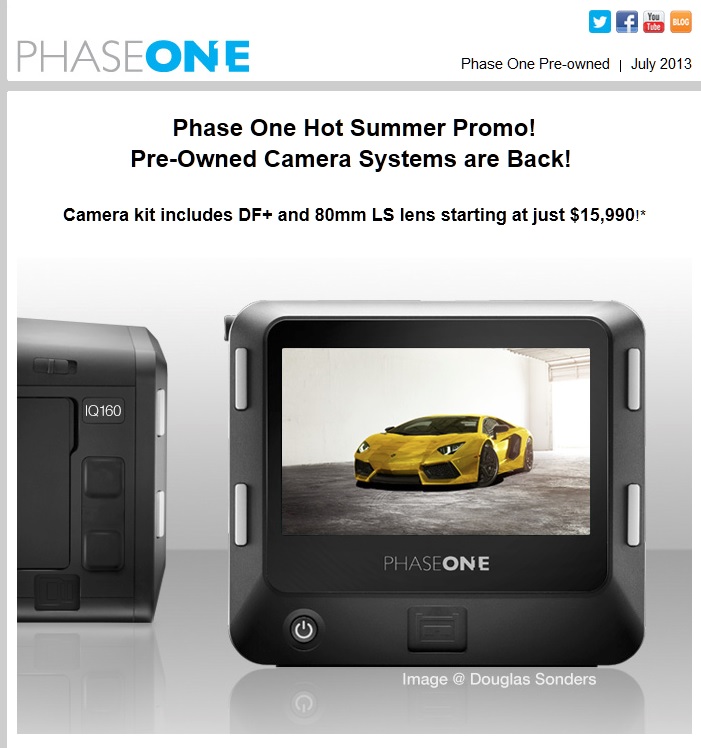
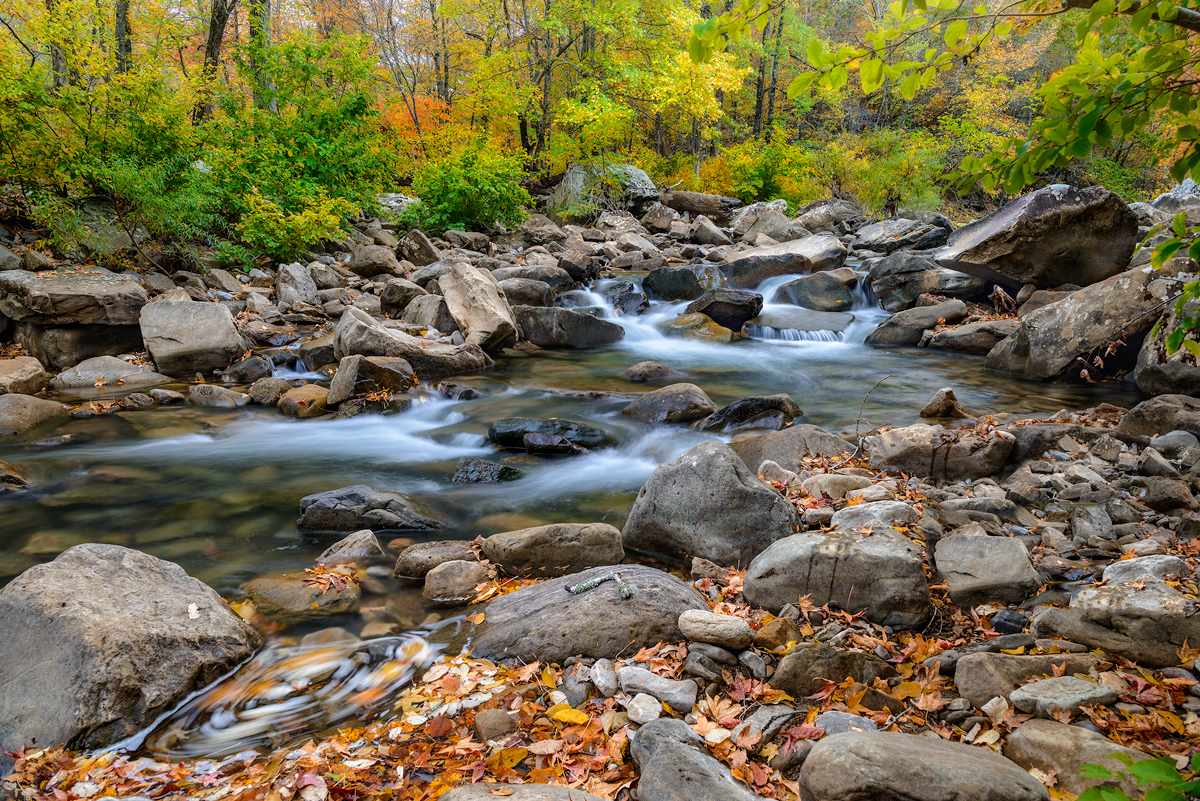
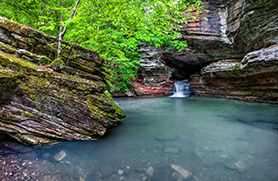
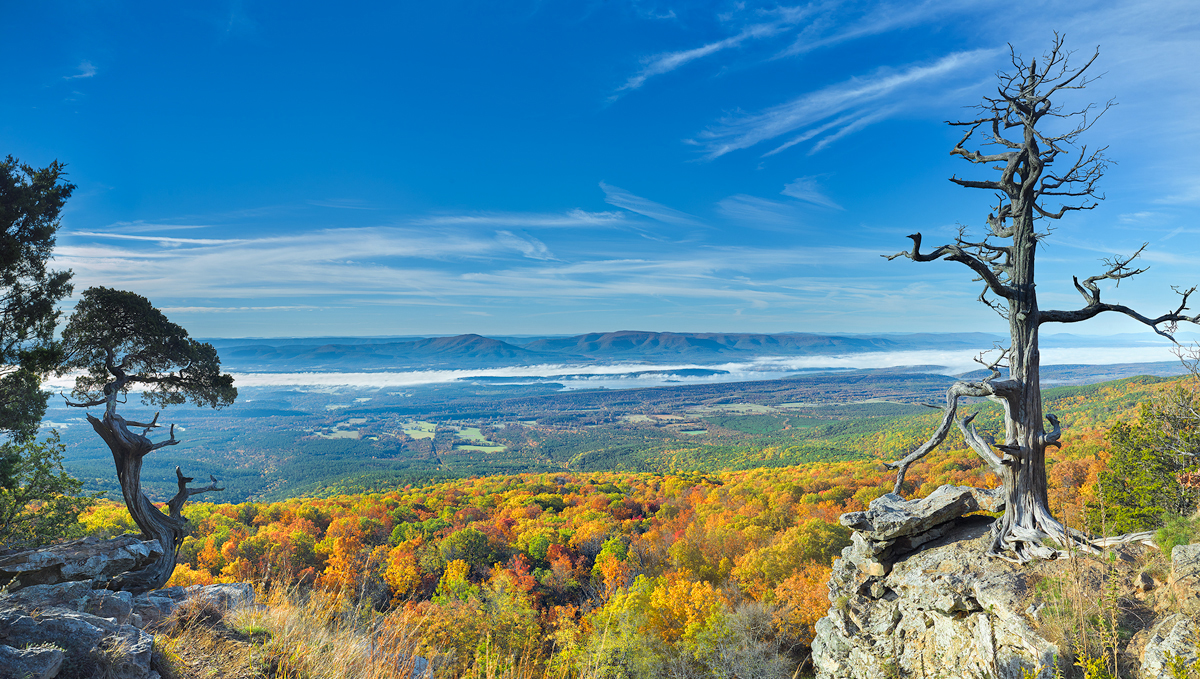
Recent Comments